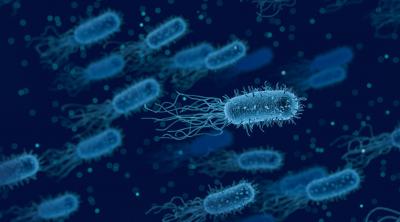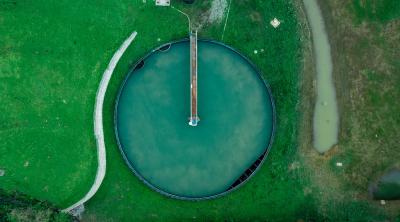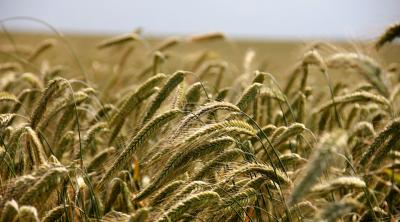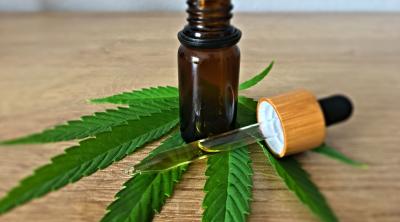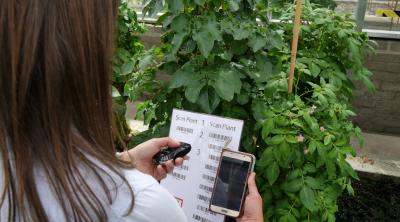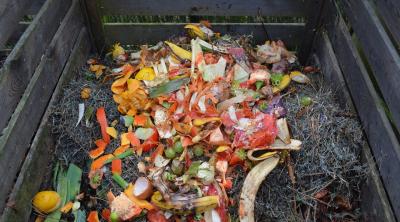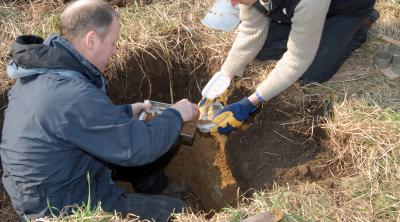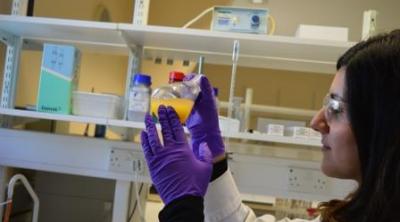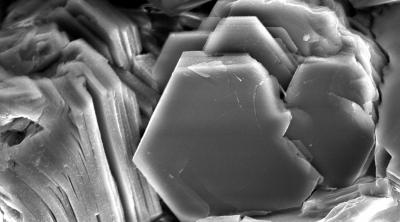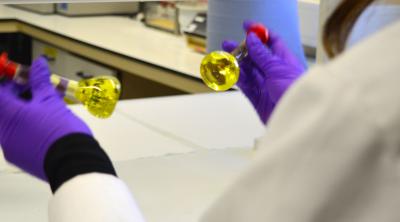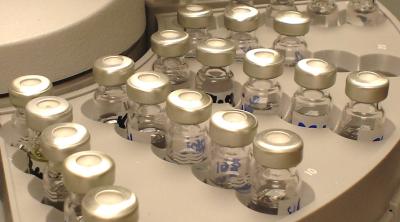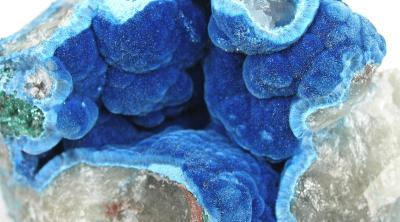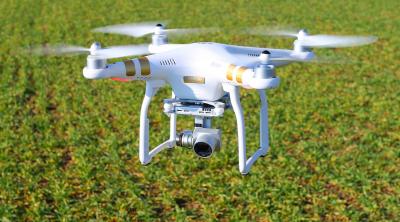Soil Forensics
Sector: The Environment
The James Hutton Institute is a leading centre of forensic research, analysis and delivery, with unparalleled experience and expertise in the analysis of soils, waters, foods and other ecological/environmental materials.
Led by Professor Lorna Dawson, a team of experts in the analysis of soil, mineralogy, organic chemistry, diatoms, fungi, bacteria and molecular biology, along with geographers and statisticians, provide a range of complementary characterisations in forensic case work, providing ecological forensic services (including soil DNA, plant DNA, palynology, VOC, mineralogy, foodstuff analysis, mycology analyses).
The team also provides outdoor crime scene sampling and advice to police forces, military, government, defence solicitors, private organisations and all those involved in the Criminal Justice System.
Forensic analysis can be used as part of intelligence led investigations and provide advice into environmental civil and criminal case work and also as trace evidence provision.
Various methods of analysis are chosen to answer specific forensic questions.
Mainly adopting a strategy combining organic and inorganic characterisation, James Hutton Limited can examine trace evidence, compare samples and provide discrimination of sample characteristics. We can also characterise an environment for its subsequent interpretation, evaluation and opinion based reports, produced in a bespoke manner set against contextual background database values.
For further information, please contact Professor Dawson in confidence.
Examples of case applications
Inorganic Analysis
Elemental Analysis
• Soil characterisation
• Food provenancing
Particle Size Analysis
• Using laser diffraction to predict slope stability
Trace Particle Identification – SEM-EDS Analysis
• Compare fragments found on clothing with identification of compounds and linking with potential sources of contaminant XRD Analysis
• Identify contaminants in a consignment and determine point of origin
XRF Analysis
• Provenance of whisky, composition of gold ancient artefact
Organic Analysis
GC and GC- MS
• Sewage sludge concentrations and comparison of source
• Comparison of soil from a vehicle from a crime scene and assessing signature markers
• Isotope analysis to link to source
• Samples of soil found on carpets at entry/exit points of aggravated burglary
• Faeces – the source animal can be identified using molecular approaches
Organisms
• Comparison of soil from a grave site with soil from a spade
• Characterisation of a diatom community to represent type of habitat
Plant characterisation (natural species, tree species, crop species, including potatoes, soft fruits and cereals)
• Plant identification - fragments compared with control varieties
• Crop cereal identification
• Plant DNA analysis to identify species from unknown fragments
Other Methods
Geographical Information Systems (GIS)
- Mapping of soil and vegetation characteristics in a georeferenced model system, used to narrow areas of search
Organism identification
- Bacteria, fungi, diatoms, etc


